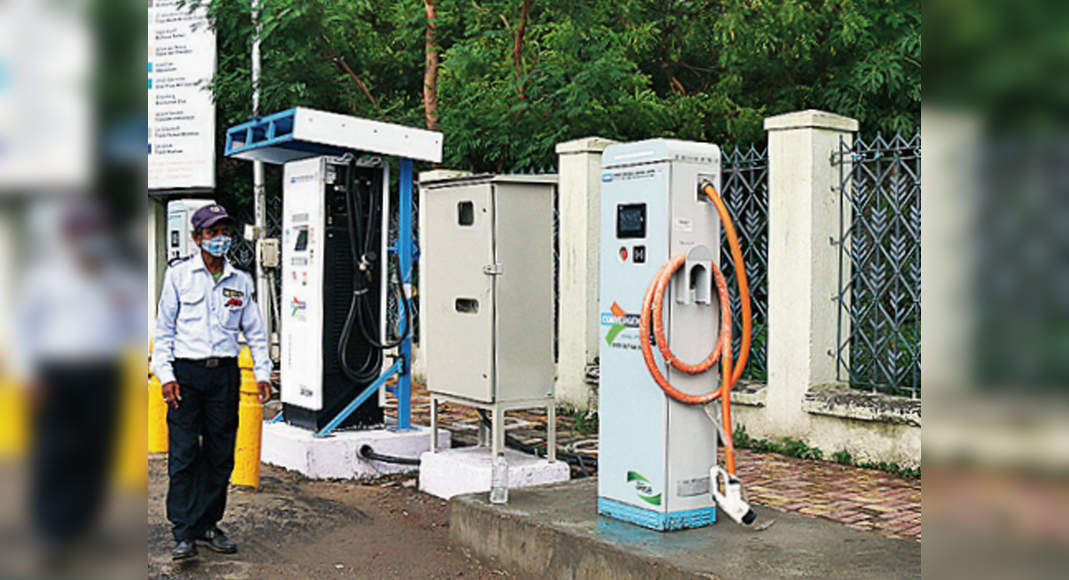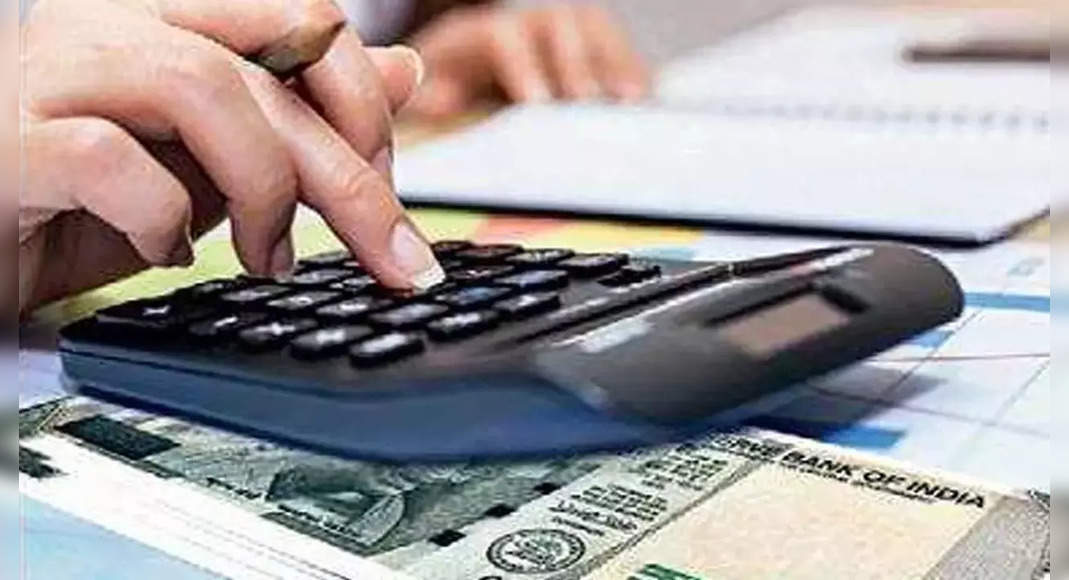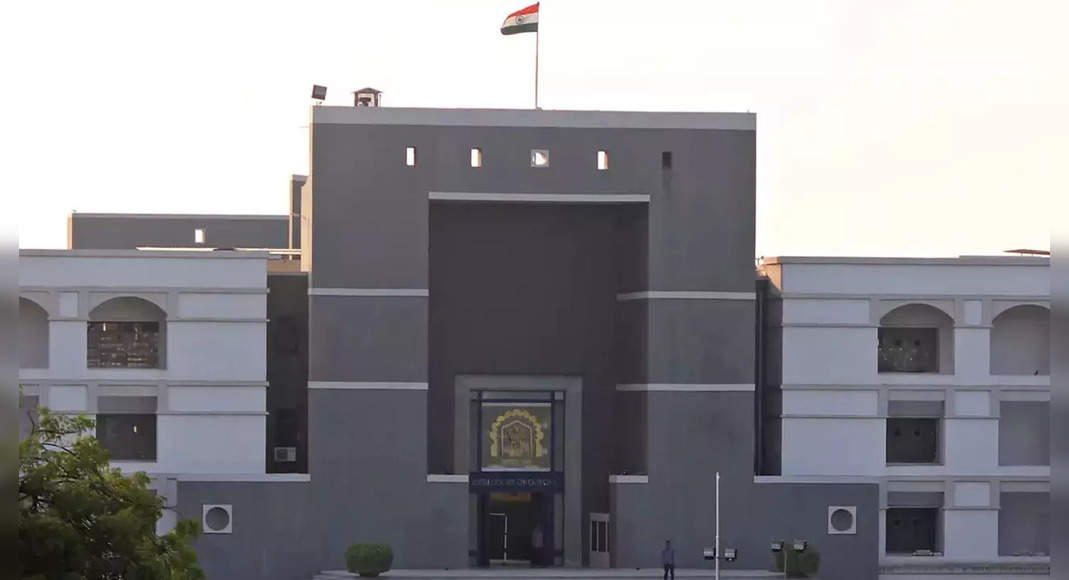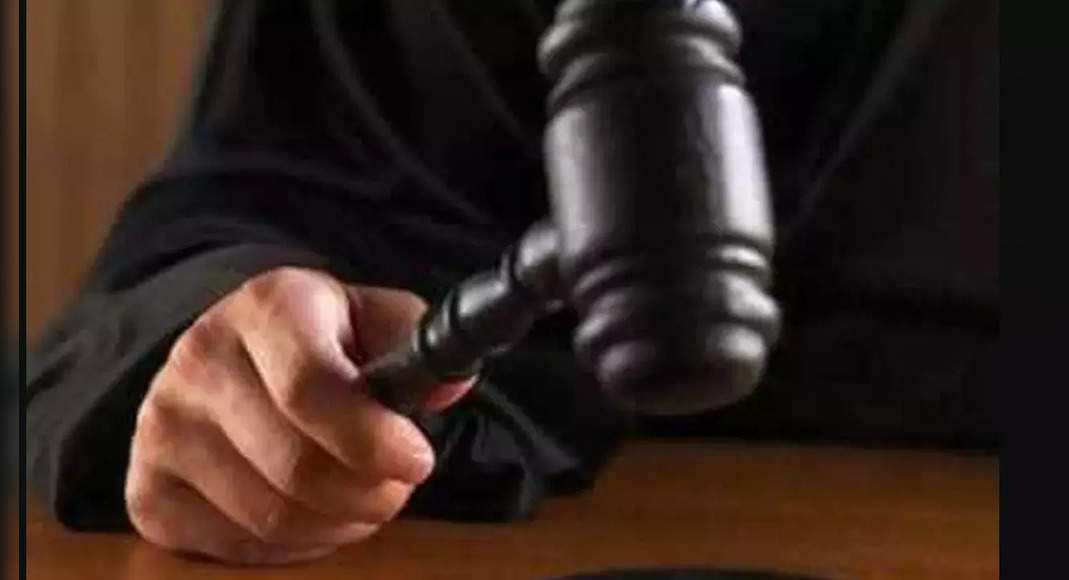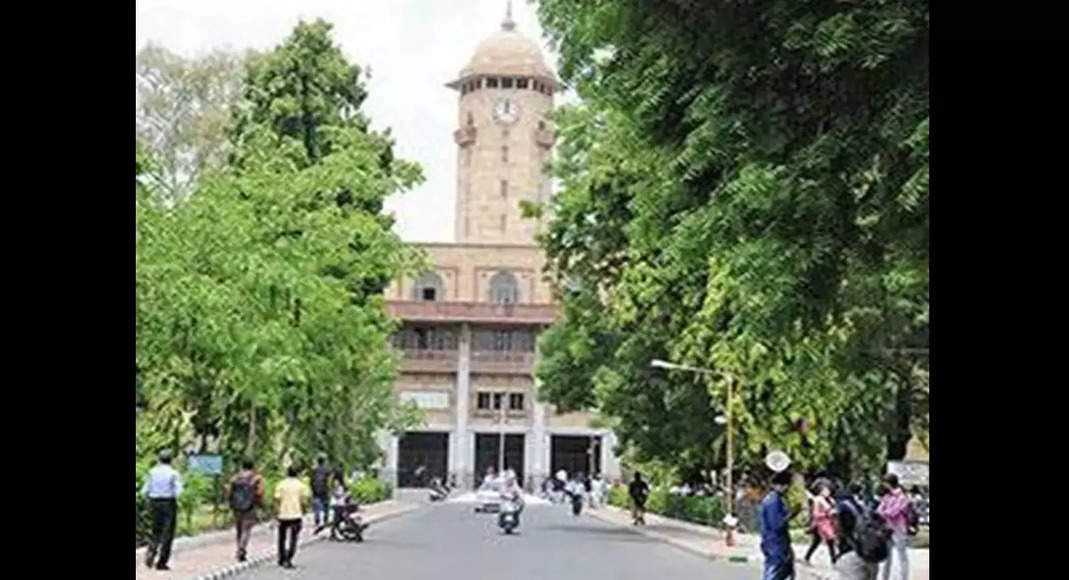AHMEDABAD: The FAME2 portal on electric vehicles in India indicates the presence of 1,319 e-vehicles in Gujarat of the total 77,511 in India.
Out of the total, the share of two-wheelers and three-wheelers was very high.
As the state unveiled the electric vehicle policy on Tuesday, experts pointed to charging stations as a crucial part of converting commuters to e-mobility.
According to the state policy, the FAME — Faster Adoption and Manufacturing of (Hybrid &) Electric Vehicles in India — scheme had approved 278 charging stations for Gujarat.
That’s among the highest in the country according to the electric vehicle (EV) sector experts.
The CM, moreover, announced an increase of 250 more stations and a capital subsidy of 25% up to Rs 10 lakh for setting them up.
Charu Lata, lead consultant (electric mobility and clean energy access) of Delhi-based Natural Resources Defense Council (NRDC), welcomed the policy.
“The policy has taken into consideration all three factors —demand, supply and manufacturing — and has incentivized them,” she said.
“Gujarat has a unique opportunity to leverage renewable energy for EVs.
Compared to a few other states, Gujarat has the capacity to make EVs truly green by the use of solar and wind power to generate electricity for EVs.” Charu Lata said that people will find EVs viable when they start seeing charging stations around them.
“From our experience in Hyderabad, we can say that placing the stations at strategic locations is very important,” she said.
“Factors such as concentration of EV owners, comfortable and accessible place for the persons to wait matter a lot.” She went on to say: “Compared to batteries for smaller vehicles, charging of cars and commercial vehicles takes time.
But it makes sense to convert commercial vehicles first to recover cost of investment.” Prof Rutul Joshi, a faculty member at Cept University, said the policy is a welcome move.
“The need of the hour is to focus on converting more private vehicles into electric vehicles to reduce carbon footprint.” Joshi added: “But we also need to expand public bus fleet.
We have recently introduced 650 e-buses.
But compared to the population, the number is less.”

